From Distortion to Truth: Book Review of Ten Heads of Ravana
Ten Heads of Ravana is a bold, necessary book that shakes the foundations of Western academic discourse on India. Rajiv Malhotra and Divya Reddy’s meticulous research and uncompromising critique make for a compelling read, whether you’re a scholar, educator, or simply someone interested in understanding the deeper layers of India’s cultural and intellectual heritage.
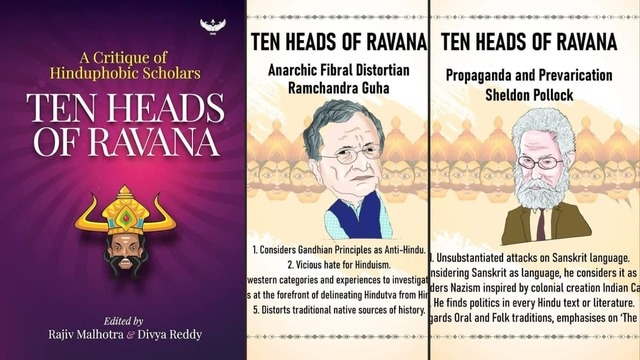
In the increasingly contentious world of academic discourse, Ten Heads of Ravana by Rajiv Malhotra and Divya Reddy arrives like a clarion call for intellectual independence.
The book is a bold, meticulous critique of Western scholarship on Hinduism and Indian culture, challenging the biases and misrepresentations that have long shaped the narrative.
But more than just an academic rebuttal, it is a passionate defense of India’s cultural heritage and a call to action for reclaiming its intellectual sovereignty.
A Critique of Hinduphobia in Academia
As you read the pages of Ten Heads of Ravana, you will struck by the authors’ unapologetic approach to calling out biases in Western scholarship. The book doesn’t just skim the surface; it digs deep into the works of well-known scholars like Romila Thapar, Sheldon Pollock, and Audrey Truschke, scrutinizing their research with a sharp lens.
Malhotra and Reddy systematically deconstruct the methodologies and assumptions that underpin much of Western and Indian Communists academia’s treatment of Hinduism, exposing a pattern of misrepresentation that has, for decades, shaped global understanding of India.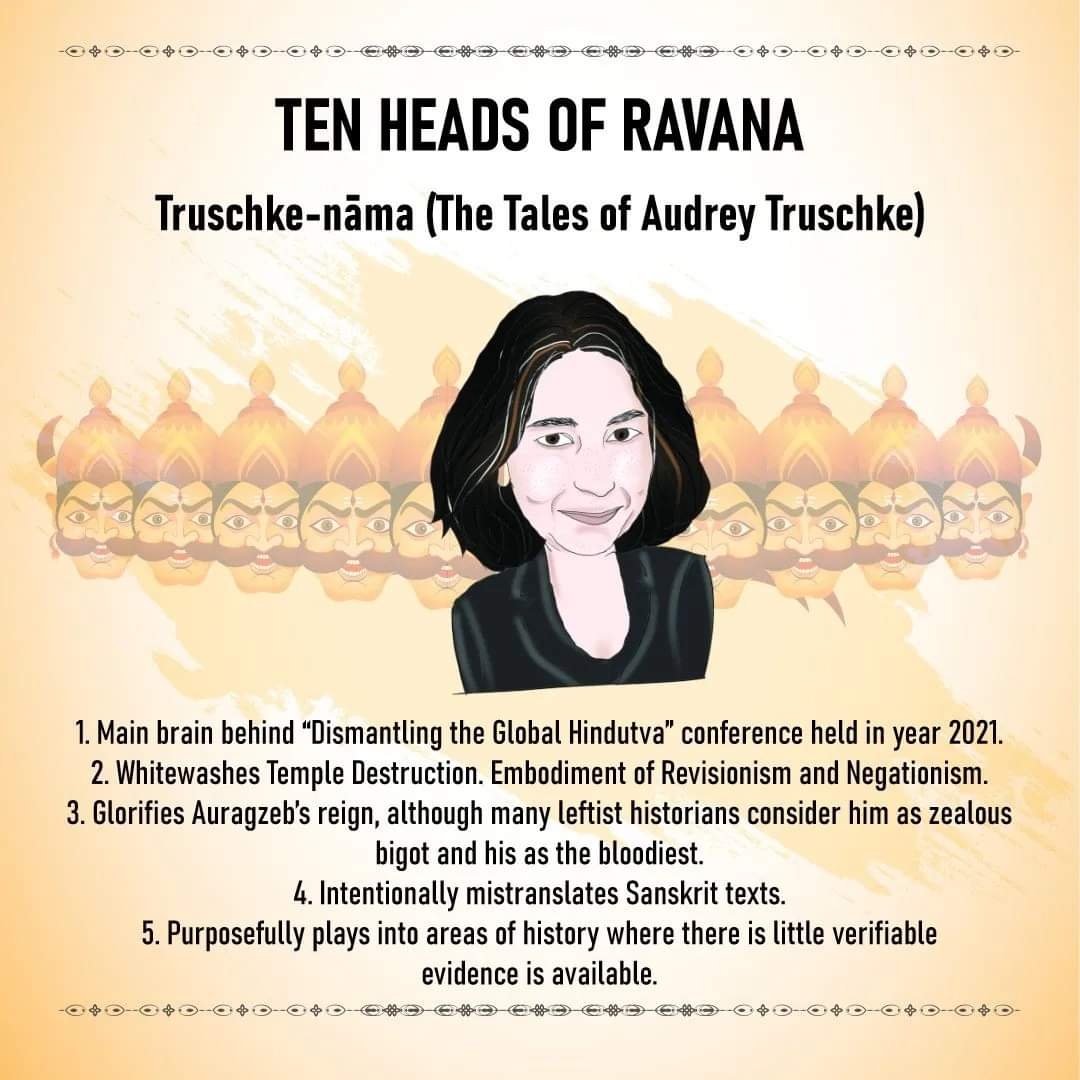
What sets this book apart is its clear focus: the authors are not simply engaging in an intellectual sparring match. They are confronting the very structures of knowledge production that have sidelined or distorted the Indian perspective.
As Malhotra and Reddy point out, many of these scholars rely heavily on secondary sources, cherry-picking data to fit preconceived narratives, while overlooking or misunderstanding primary texts and indigenous traditions. Their critique, then, is not just about individual scholars but about a systemic bias that has long plagued academia.
Unmasking Bias and Distortion
The title Ten Heads of Ravana itself is a metaphor for the many faces of Hinduphobia that the authors confront throughout the book. Just as the demon-king Ravana’s ten heads represent various qualities—both good and bad—the scholars critiqued here represent different aspects of the bias that Malhotra and Reddy argue is entrenched in Western academic institutions.
Each chapter of the book tackles a specific theme, or ‘head,’ that symbolizes a particular form of misrepresentation or distortion, be it political, historical, or cultural.
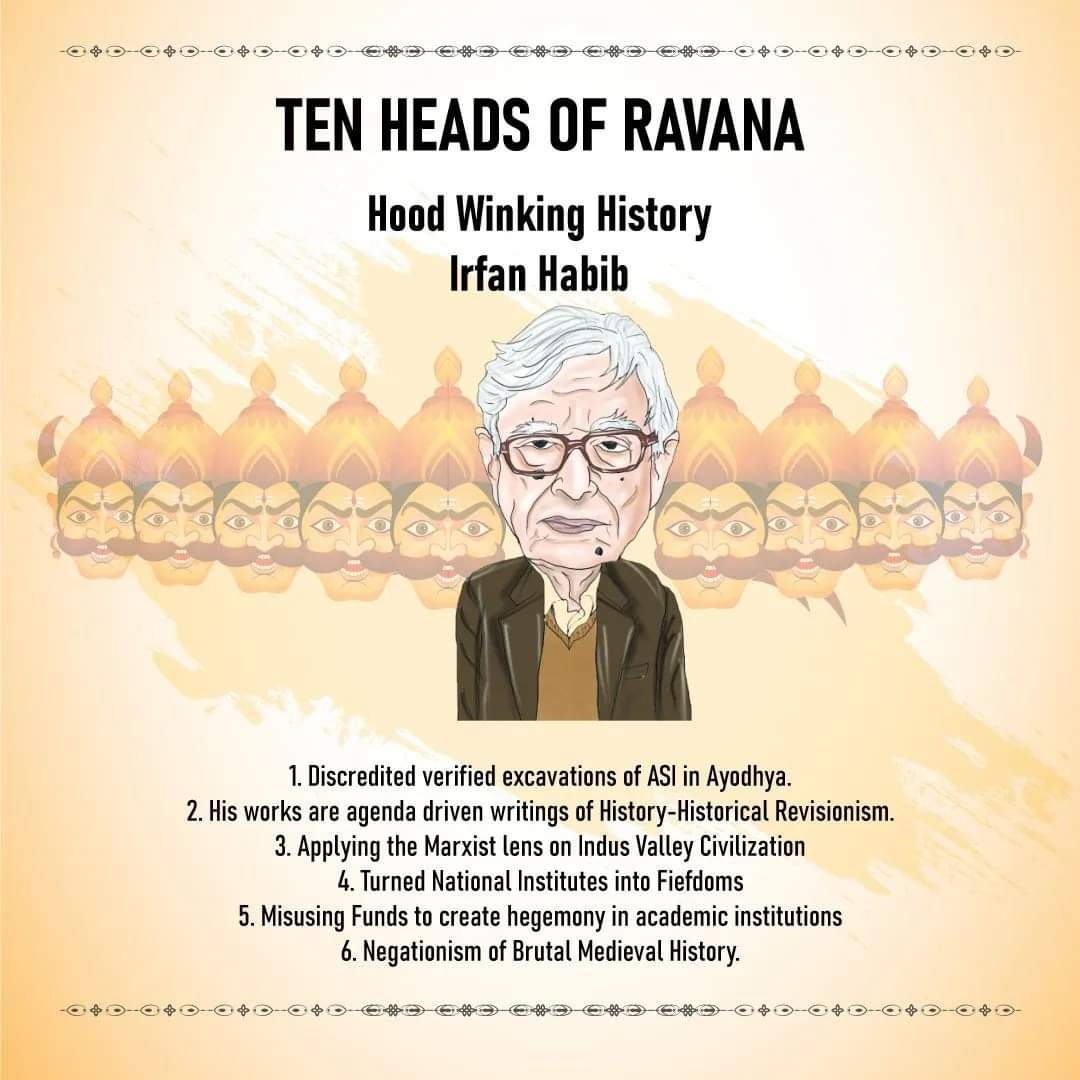
One particularly engaging section explores how these scholars often work in a self-reinforcing echo chamber. For example, they rely on circular reasoning—using each other’s works as sources without critically engaging with primary texts.
This, according to the authors, perpetuates outdated or skewed perspectives on India’s ancient traditions. It’s a deeply troubling issue, and Malhotra and Reddy lay it out in a way that makes you sit up and question not just academic discourse, but how the wider world forms its understanding of Indian culture.
The Intellectual Battle for India’s Cultural Narrative
This book goes beyond academic critique to serve as a rallying cry for Indians to reclaim their own cultural narrative. For too long, they argue, Western academic institutions, with their vast resources and global reach, have controlled the conversation about India’s heritage.
In doing so, they have often portrayed Hinduism and Indian traditions through a lens of condescension or outright hostility. The authors suggest that it’s time to break free from this intellectual colonialism and embrace a more balanced, self-aware view of India’s cultural legacy.
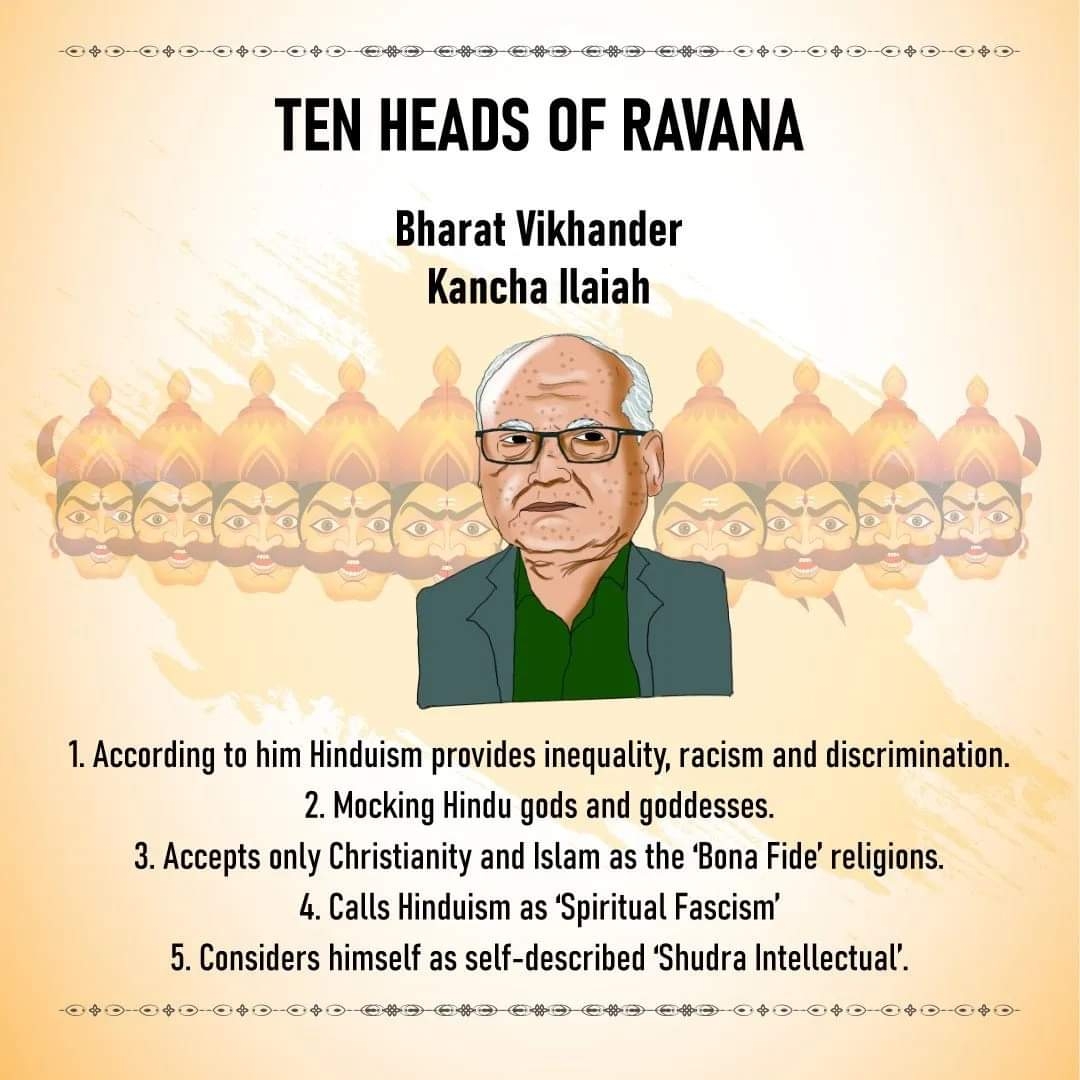
In today’s world, where media and academia often shape public opinion, Ten Heads of Ravana urges Indians and Indian scholars to speak up and contribute their voices to the global discourse. By doing so, they can correct the distortions and give a more authentic account of India’s traditions, philosophy, and history.
One of the most compelling arguments the book makes is that this isn’t just about scholarship; it’s about national identity and pride. For Malhotra and Reddy, reclaiming the narrative is not just an academic exercise—it’s a matter of cultural survival in the face of global forces that threaten to erode India’s rich, ancient heritage.
The Broader Implications of Ten Heads of Ravana
What you will found particularly striking is how this book transcends the narrow confines of academic debate. Yes, it’s a detailed critique of Western scholarship, but it’s also a much-needed conversation starter about the broader implications of biased research and how it can affect everything from education to policy-making.
For instance, this book argue that the distorted portrayal of India in academic circles has real-world consequences. It influences public perception, which in turn shapes international policies and attitudes toward India.
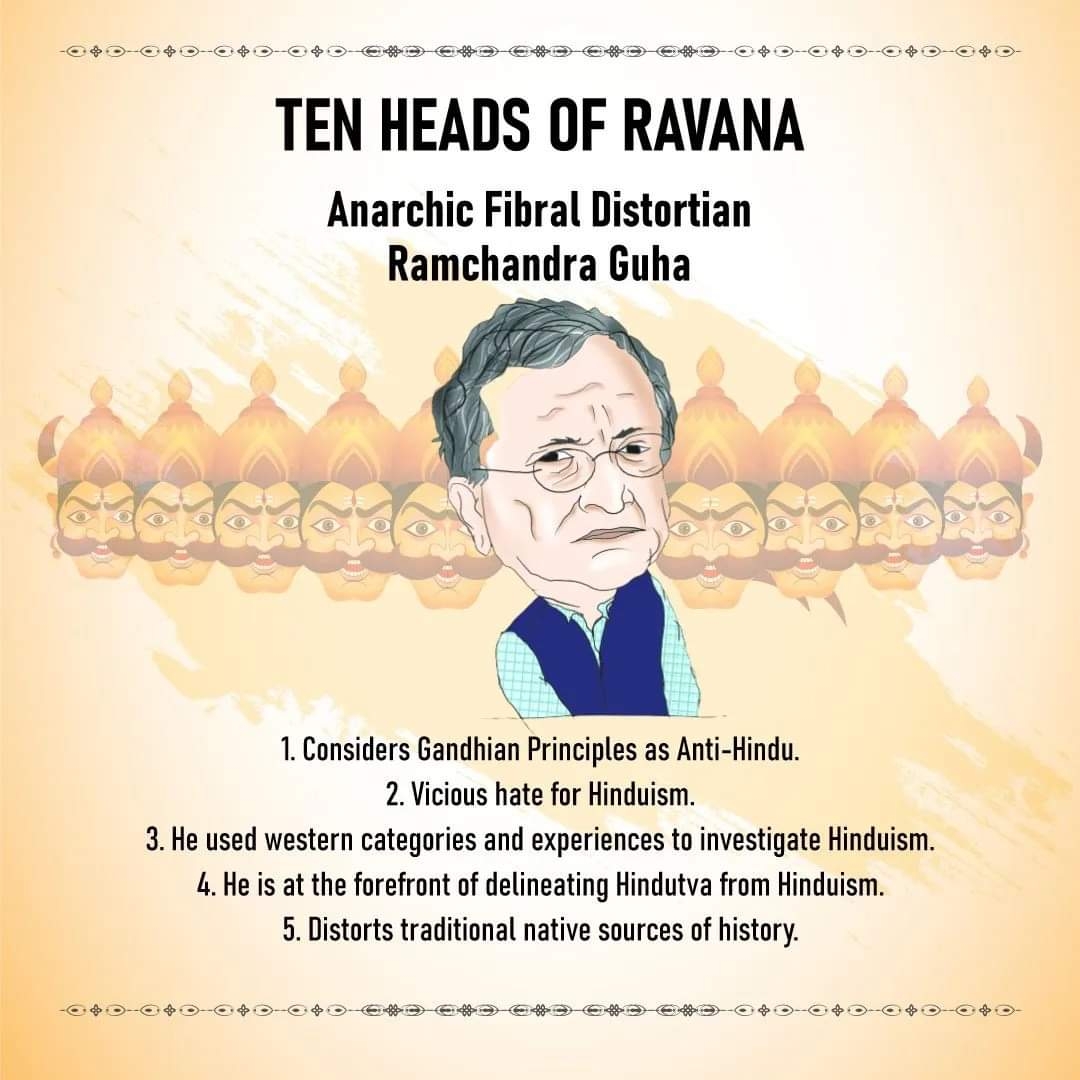
This point resonates far beyond the academic community. With social media and the internet allowing scholarship to reach wider audiences, the narratives formed in the ivory towers of Western universities are no longer confined to academic journals.
They spill over into mainstream discourse, shaping how millions of people—both in India and abroad—perceive the country’s history, its religion, and its people.
Ten Heads of Ravana calls for a more rigorous, truthful approach to understanding India’s heritage, one that is inclusive of indigenous voices and perspectives.
Decolonizing Knowledge Production
Ultimately, Ten Heads of Ravana is about decolonizing knowledge. Malhotra and Reddy argue that for too long, Western narratives have dominated global discourse on India, suppressing indigenous perspectives and voices.
Their critique is not merely a defensive reaction to this; it’s a proactive vision for the future. They call for a more balanced, inclusive approach to scholarship, one that is grounded in India’s rich intellectual traditions and open to diverse voices.
Ten Heads of Ravana is a bold, necessary book that shakes the foundations of Western academic discourse on India. Rajiv Malhotra and Divya Reddy’s meticulous research and uncompromising critique make for a compelling read, whether you’re a scholar, educator, or simply someone interested in understanding the deeper layers of India’s cultural and intellectual heritage.
It challenges long-held assumptions, questions the status quo, and calls for a more honest, inclusive approach to studying one of the world’s oldest civilizations.
In the end, this book is more than just a critique—it’s a manifesto for intellectual freedom, urging Indians to reclaim their cultural narrative and stand tall in the global arena.
If you’re looking for a work that blends scholarship with passion and purpose, Ten Heads of Ravana is an essential read. It’s not just a book; it’s a conversation that needs to happen.


